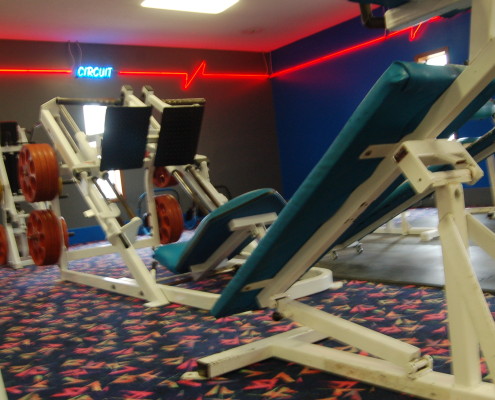4 Weight Lifting Myths Busted!
 This is undoubtedly the era of fitness. Not just because there are gyms on every street corner but also because people are more aware about workouts, diets, supplements, and nutrition. Even in this day of mass awareness, there are still people who are reluctant to try resistance training. Some think weight training is bad for the joints while others stay away from it because they think it reduces flexibility. In reality, however, resistance exercise is one of the most versatile workout styles. Here’s our list of 4 resistance training myths busted once and for all.
This is undoubtedly the era of fitness. Not just because there are gyms on every street corner but also because people are more aware about workouts, diets, supplements, and nutrition. Even in this day of mass awareness, there are still people who are reluctant to try resistance training. Some think weight training is bad for the joints while others stay away from it because they think it reduces flexibility. In reality, however, resistance exercise is one of the most versatile workout styles. Here’s our list of 4 resistance training myths busted once and for all.
Myth 1:Resistance Training Is Not Good For Fat Loss
This is a common belief as most people think resistance training is for gaining muscles while cardiovascular exercises are good for fat loss. Even though a rigorous cardio routine is great for losing fat, people can also achieve similar results in the gym by lifting weights. Just like any other exercise, training with weights expends calories which in turn helps in losing weight. According to studies, rigorous resistance training has the power to elevate the metabolic rate for as long as 38 hours after the workout. Simply put, the body will continue to burn fat long after the workout is complete.
Myth 2:The Gained Muscle Turns Into Fat When Training Is Stopped
Even though it’s believed by a large chunk of the gym-going population, it’s a scientific impossibility. Muscle and fat tissues are structurally and functionally different. Therefore, they can never magically transform themselves into the other.
Myth 3: Resistance Training Is Bad For Joints
According to a study featured in the Journal of Rheumatology, resistance training can actually help provide relief to people suffering from knee pain. The logic behind this theory is pretty simple to understand. By strengthening the muscles around the joints, the load on them are automatically reduced.
Myth 4: Training With Weights Slowly Reduces The Body’s Flexibility
This is another common misconception that needs to be debunked. Even though there is some degree of stiffness right after workouts, the overall flexibility of the body depends on the quality of training. When resistance training is coupled with static stretching, it can actually make the body more supple.
